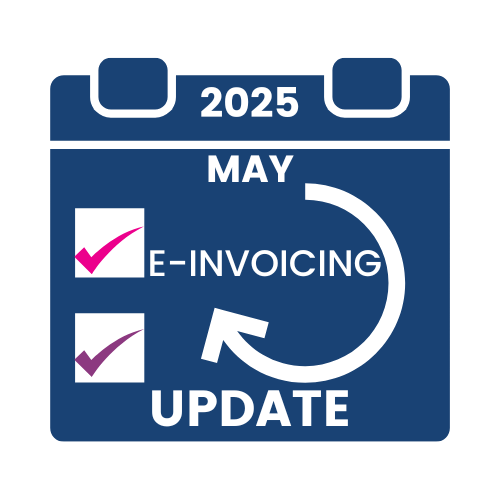How is Cash Flow Influenced by Accounts Payable?
Managing cash flow is a critical aspect of running a successful business. Among the various factors influencing cash flow, accounts payable (AP) plays a significant role.
In this blog, we’ll explore the impact of both an increase and a decrease in accounts payable on cash flow, along with effective strategies for handling accounts payable within a cash flow statement.
What Does an Increase in AP Mean for Cash Flow?
An increase in accounts payable can have nuanced effects on a company’s cash flow and generally indicates that a company is extending its payment period to suppliers, leading to short-term cash preservation.
1. Short-Term Cash Preservation
When a business experiences a surge in accounts payable, it means that its deferring payments to suppliers. This deliberate delay allows the company to preserve cash in the short term, providing more financial flexibility. This strategy is particularly beneficial when a company needs to weather a temporary cash crunch or invest in other growth opportunities.
2. Working Capital Optimisation
Accounts payable is a crucial component of a company’s working capital and cannot be ignored. An intentional increase in accounts payable can be part of a broader working capital management strategy. By strategically managing payables with an automated system, a company can allocate resources more efficiently and enhance its overall financial stability.
3. Negotiating Discounts
A higher accounts payable balance also presents an opportunity to negotiate better terms with suppliers. Some suppliers offer early payment discounts as an incentive. By extending payment terms, a company can negotiate more favourable conditions, contributing to cost savings and optimising cash flow.
What Does a Decrease in AP Mean for Cash Flow?
Conversely, a decrease in accounts payable signals a different set of challenges and opportunities for a company’s cash flow and generally means that a company is settling its obligations to suppliers promptly, potentially straining short-term liquidity.
1. Improved Supplier Relationships
A reduction in accounts payable often implies that a company is meeting its financial obligations in a timely manner. This can foster stronger relationships with suppliers, potentially leading to better credit terms and increased trust. However, this commitment to prompt payments may impact cash flow, particularly if revenue generation lags behind the payment schedule.
2. Cash Flow Strain
While prompt payments enhance supplier relationships, they can strain cash flow, especially during periods of economic downturn or unexpected expenses. Balancing the need to maintain credibility with suppliers and ensuring sufficient liquidity is crucial for overall financial health.
3. Missed Discounts
As accounts payable decrease, the company might miss out on early payment discounts offered by suppliers. This can lead to higher expenses and impact the efficiency of cash flow management. It’s essential to weigh the benefits of prompt payments against the potential cost savings from taking advantage of available discounts.

How to Handle Accounts Payable in a Cash Flow Statement
Effectively managing accounts payable within the context of a cash flow statement requires a strategic approach. Here are key strategies:
1. Monitor Payment Terms
Regularly review and negotiate payment terms with suppliers. Understanding the terms and conditions of payments allows a company to optimise its accounts payable, striking a balance between cash preservation and meeting financial obligations. Utilise an AP automation solution to access master vendor data and produce reports for full visibility of payments terms and discounts available.
2. Cash Flow Forecasting
Accurate cash flow forecasting is crucial for planning when to settle accounts payable. By predicting cash inflows and outflows and considering the timing of payments, a company can avoid cash flow disruptions and make informed decisions. KPIs from real time reporting give a current view but using the report trends it is possible to get a more accurate forecast based on seasonal and operational factors.
3. Utilise Technology
Leverage technology to streamline the accounts payable process and maximise your ROI. AP Automated systems can enhance efficiency, reduce errors, and provide real-time visibility into cash flow. Using the reporting function, real time reporting can identify bottle necks and persistent errors that effect the payments times. This technological integration allows for better decision-making and resource allocation.
4. Establish Clear Policies
Develop clear policies for accounts payable management. This includes guidelines on when to extend payment terms, when to take advantage of early payment discounts, and how to handle unexpected changes in cash flow. Clear policies provide a framework for consistent and effective management. These business rules can be built into the automation solution and managed by the designated administrator.
Upgrading Your Accounts Payable Systems with Documation
In conclusion, accounts payable is a dynamic component that significantly influences a company’s cash flow. Whether it’s an intentional increase to preserve short-term cash or a deliberate decrease to strengthen supplier relationships, understanding the implications is crucial. By implementing effective strategies to improve your AP processes, businesses can navigate the complexities of accounts payable and optimise their cash flow, contributing to overall financial success.
Documation’s accounts payable automation solution can assist the company’s team dynamically manage the cashflow ensuring maximum profitability and liquidity for the organisation every step of the way.





